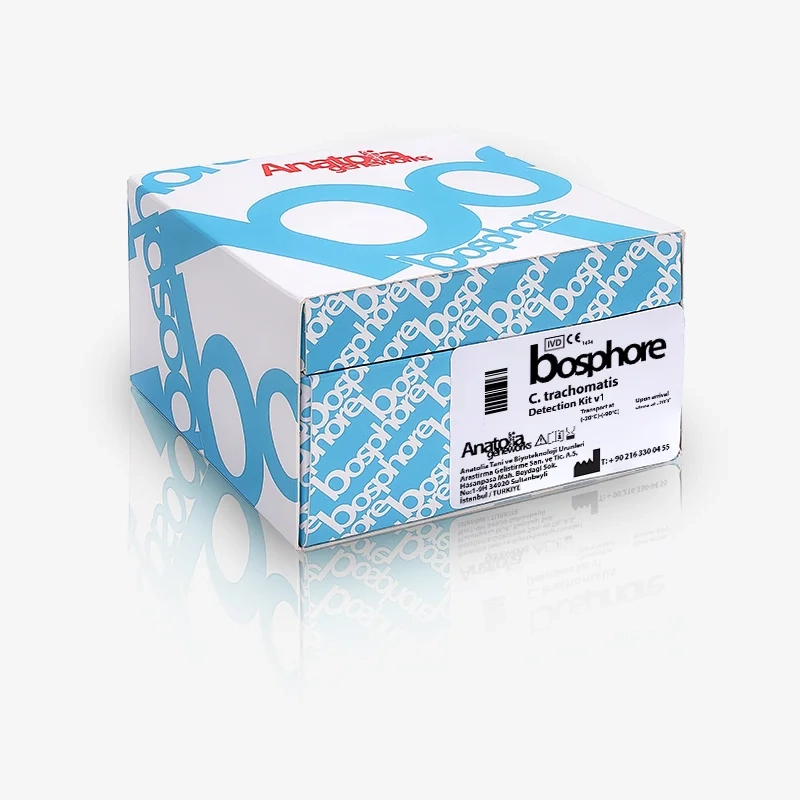Epidemiology
Ureaplasma (U. urealyticum) consists of 14 serovars, which is divided into two main biovars, (U. urealyticum and U. parvum) (biovar 1 and biovar 2) on the basis of phenotypic and genotypic characteristics. It is the common inhabitant of the respiratory and urogenital systems of men and women. It is found in about %70 of sexually active humans which usually remains asymptomatic, however has been described to be associated with various intrauterine infections such as nongonococcal urethritis (NGU) that may cause; infertility, chorioamnionitis, stillbirth, premature birth or neonatal infections (chronical respiratory diseases).




